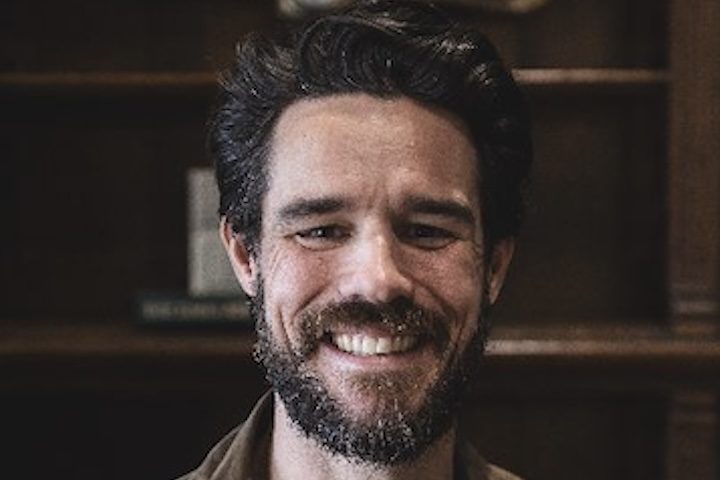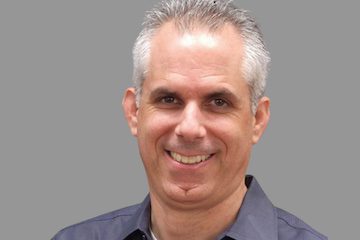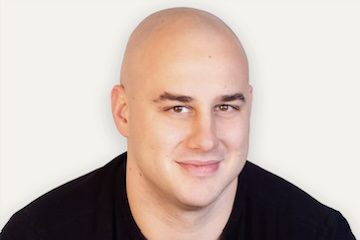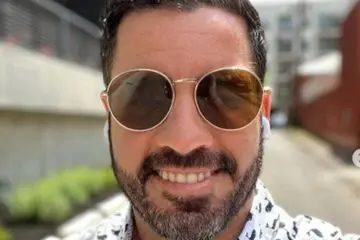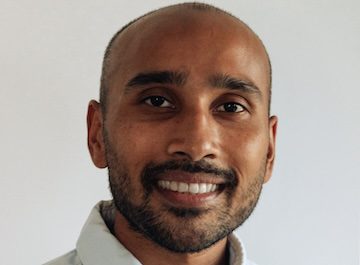Natural Dog CEO Is an Acquisition Entrepreneur

Bill D’Alessandro is a 14-year ecommerce owner. Natural Dog Company, an omnichannel seller of canine health products, is his eighth brand. “My niche is acquisition entrepreneurship,” he told me. “I’ll buy a small brand, grow it, improve it, and eventually sell it.”
Along the way, he’s learned lessons such as focus, industry selection, and product pricing.
He and I recently discussed those experiences and more. The entire audio of our conversation is embedded below. The transcript is edited for length and clarity.
Eric Bandholz: Tell our listeners what you’re doing.
Bill D’Alessandro: I am the CEO of Natural Dog Company. We sell dog supplements, fish oils, and topicals on Amazon, our website, and in about 6,000 retail stores. I’ve been in ecommerce for 14 years. This is my eighth brand. My niche is acquisition entrepreneurship. I’ll buy a small brand, grow it, improve it, and eventually sell it. I’ve done that seven times now, and Natural Dog Company is what I’m working on now.
At the peak, I owned eight brands at once. We had 62 people in the company, which was not enough. Owners with one brand frequently have the idea to buy another. You might have all the employees, the third-party fulfillment provider, and the infrastructure. It seems pretty easy. But it underestimates how it fractures your focus. You do two, and then you do three, and then you do eight, and before you know it, you’re surface level on everything, and you can’t go deep.
In 2024, ecommerce is hard. It’s data and keyword-intensive. Ranking on Amazon is tough. There’s a lot of competition. Dividing time across multiple brands is how you get smoked. One plus one does not equal two. It equals one and a half. It took me years to realize that.
Running a single business is hard enough. Something goes catastrophically wrong at least once a year, and you have to fix it. If you own eight businesses, something goes catastrophically wrong every six weeks. There’s constant firefighting and reacting if you’re trying to be CEO of all the businesses.
You need to install highly competent, highly compensated management. You can’t be CEO of eight. You need CEOs for each of them. They will make $150, $200 grand a year or more. The business has to be big enough to accommodate that overhead.
Bandholz: How do you pick the right industry?
D’Alessandro: Bigger businesses are easier but require bigger markets. And that was what I realized. We had eight brands — seven were collectively 25% of revenue, and one was 75%.
It was the 80-20 Pareto principle in real life. These other brands sold, like, natural sunscreen and athletic detergent. I didn’t see the potential. But a ton of people are getting dogs. That market is growing. So I said, “If I’m gonna spend my time, my one precious life here, I want to focus where I have the most headroom to grow.”
There are other components beyond the industry. We had a business with an average order value of $14. That’s harder to make work. By the time you ship it and pay Amazon fees, there’s not a lot of room left. But a price point of $100, $200, or $800, that’s a lot easier. To me, the perfect price point is $70 to $170. It’s low enough to convince somebody to buy quickly but high enough to cover shipping and customer acquisition costs.
Bandholz: You’re omnichannel now with digital and in-person sales.
D’Alessandro: A couple of years ago it was clear ecommerce was getting harder. In-person retail was attracting more interest. It’s different than getting on Amazon, where you hustle for a week, set up the listing, and you’re done.
A retail store or chain might have a line review once a year, perhaps in October for on-shelf placement in April. If you wait until October, you’ve missed the review for an entire year. And don’t expect approval on the first pitch.
Big retailers such as Walmart want proof it will work. They only have a few feet of shelf space for a product line — each inch of shelf space could be worth millions of dollars a year in sales. The best way to convince them is to show results from other retailers. We started in the most accessible places: independent mom-and-pop pet stores.
We scraped Google Maps and started calling pet stores. We said, “We’re a natural dog food company. We’d love to send you some samples.”
We built our entire funnel that way. We called, sent samples, and followed up. We got better over several years, eventually selling in thousands of independent locations. It was a grind. Once we were in 2,000 or so, we started pulling data. We learned about average monthly sales, unit sales, etcetera. Then we approached small chains.
Smaller chains don’t typically have as rigid review cycles. We went ad hoc with those guys. After that, we approached big regionals, those with 300 or 400 locations, using data from the smaller outlets. Only then did we approach national chains.
We climbed the ladder. Our product works, and it’s selling through. That’s how we did it.
Bandholz: Where can people learn more from you?
D’Alessandro: Our site is NaturalDog.com. I host a twice-weekly podcast called Acquisitions Anonymous. It’s about buying and selling businesses. My own website is Billda.com, and my X is @BillDA.




